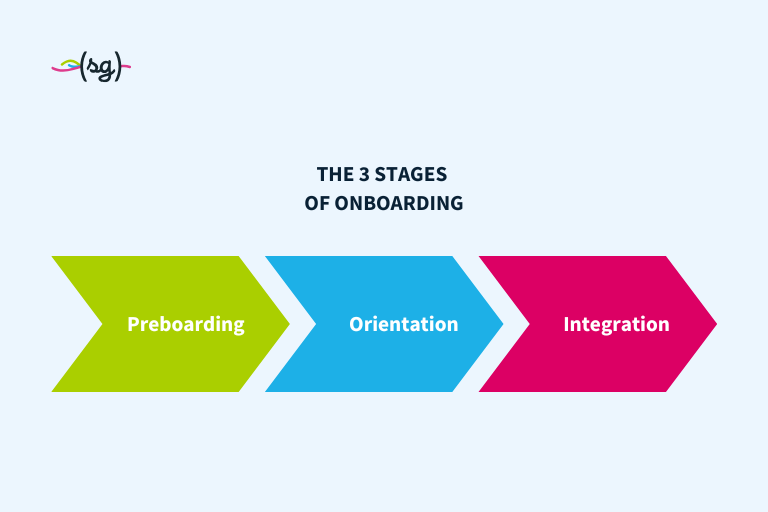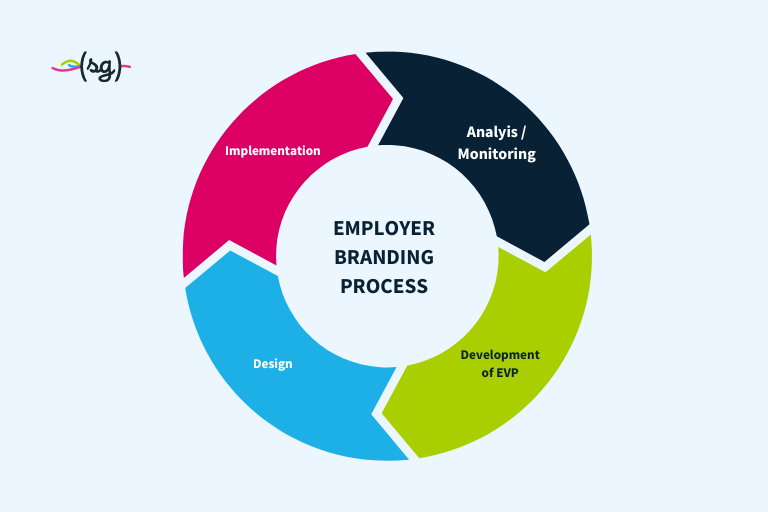Staff recruitment has a wide range of consequences both short and long term. Candidate selection, hiring and on-boarding are time consuming and costly, however they are a key to success of your enterprise. The entire recruiting process should be carefully planned as it takes time to find out whether the hire was a bad investment (or not). In the case of the latter you then either have to deal with the negative outcome or go through the entire process again; both options are less than convenient, not just financially but for you personally. So what aspects of staff recruitment can you improve to make a better selection?
Important aspects of staff recruitment
HR planning
Each recruitment begins with HR planning: What kind of new employee does the company need? Do you need a full-time employee, or will a part-timer be enough? What tasks generated the need for new staff and what skills will they require? The basic HR planning will help you draft the prospective vacancies and job profiles.
Searching for a Candidate
The search for suitable staff poses numerous challenges for you and your business. Candidates can be found through employee recommendations, via social media channels and on professional profile platforms. However, the most popular and widespread way of reaching your candidates is by advertising on online job boards. When it comes to hard-to-fill vacancies many companies employ recruitment agencies to take on the task.
Candidate selection
After receiving your applications the next step is to shortlist the candidates. The obviously unsuitable ones are usually rejected through pre-screening, and the most promising candidates are invited for personal -or in some cases telephone- interview. Research has shown that unstructured interviews have little use in defining the future performance of an employee. Structured interviews, psychological tests and assessment centers count amongst the more valid methods of staff recruitment.
Contract formation
Generally a successful candidate selection is swiftly followed by contract negotiation. They key information to be included in the signed document are: The starting date, job description, working hours, wage, conditions of leave and other things you and your employee agreed on such as bonuses, company car etc. These negotiations can be discussed during or after interview, and written down in the final contract. Your negotiation strategy should have cooperation and compromise as underlying principles, especially when the candidate is perfect for the position. Additionally, a probationary period will help you define whether you’e about tho hire the right person- set a trial within an optimal timespan and targets to test your new employee. Compiling a list of the attributes that represent you and your company can also help in providing your new employee a sound representation of your firm.
Onboarding
The final step of the staff recruitment process is the so-called on-boarding, so to say ‘taking on board’ the candidate. This involves preparing your new staff for the workplace, showing them around and equipping them with items such as an ID card, computer, software and company information pack as well as introducing the new employee to the rest of the team.
Staff recruitment with softgarden
softgarden supports you through the entire staff recruitment process, effectively helping you to search for and select the right candidates. With our recruiting software you can access all of the online job channels with the click of a button, from traditional job boards or Facebook. Creating your own career site has been made easy too; with our software you can create and post job adverts in minutes.









